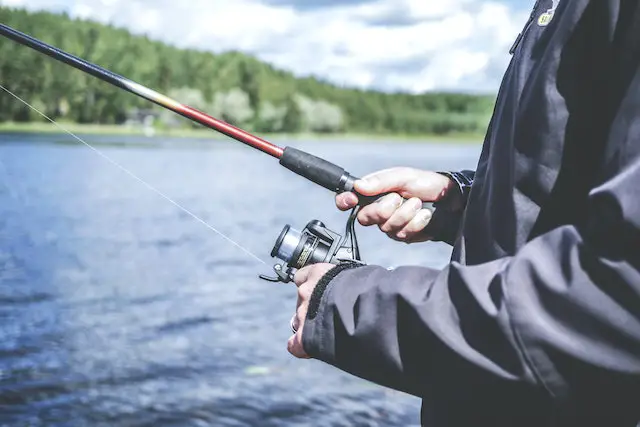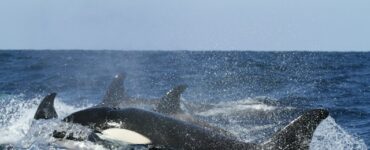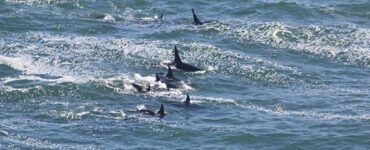Sustainable fishing practices are essential for the long-term health and viability of our oceans and the preservation of fish populations. As the demand for seafood continues to rise it is crucial to adopt responsible fishing methods that prioritize conservation minimize environmental impact and ensure the livelihoods of fishing communities. In this article we delve into the importance of sustainable fishing and explore the practices that promote the well-being of our marine ecosystems.
The Significance of Sustainable Fishing
Sustainable fishing is a holistic approach that aims to maintain the balance between fishing activities and the natural replenishment of fish populations. It recognizes that healthy fish stocks are not only crucial for the environment but also for the economic and social well-being of communities that rely on fishing as a source of income and sustenance. By practicing sustainable fishing we can ensure the long-term availability of seafood resources and protect the delicate marine ecosystems that support them.
Overfishing and its Consequences
Overfishing the unsustainable depletion of fish populations has become a significant global concern. Unregulated and excessive fishing practices such as the use of destructive fishing gear and the capture of juvenile fish can lead to the collapse of fish stocks disrupt the food chain and harm biodiversity. Additionally overfishing poses a threat to the livelihoods of fishing communities and the food security of millions of people who depend on seafood as a primary source of nutrition.
Responsible Fishing Methods
Sustainable fishing relies on a combination of responsible fishing methods designed to minimize harm to marine ecosystems and ensure the replenishment of fish populations. These methods include:
- Fisheries Management: Implementing science-based regulations and quotas to prevent overfishing and allow fish populations to recover.
- Selective Fishing Gear: Using fishing gear and techniques that target specific species minimize bycatch (the unintentional capture of non-target species) and reduce habitat damage.
- Protected Areas: Establishing marine protected areas where fishing is limited or prohibited allowing fish populations to breed and replenish in undisturbed habitats.
- Seasonal and Area Closures: Temporarily closing fishing grounds during specific seasons or in sensitive areas to protect spawning grounds and nursery areas.
- Size and Bag Limits: Implementing regulations that set minimum size limits for fish and restrict the number of fish that can be caught per person per day to ensure the survival and reproduction of mature fish.
- Fishing Technology Innovation: Promoting the development and adoption of innovative fishing technologies that minimize environmental impact such as using biodegradable fishing gear and implementing more efficient fishing practices.
Sustainable Seafood Certification and Consumer Awareness
To support sustainable fishing practices various organizations and programs have been established to certify seafood products that have been sourced sustainably. These certifications such as the Marine Stewardship Council (MSC) and the Aquaculture Stewardship Council (ASC) provide consumers with the assurance that the seafood they purchase has been caught or farmed using responsible practices. By making informed choices and supporting certified sustainable seafood consumers can play a vital role in driving the demand for sustainable fishing and promoting positive change in the industry.
Collaboration and Global Initiatives
Addressing the challenges of sustainable fishing requires collaboration among governments fishing industries scientists and conservation organizations on a global scale. International agreements and initiatives such as the United Nations’ Sustainable Development Goal 14: Life Below Water aim to promote sustainable fisheries management combat illegal unreported and unregulated fishing and support the conservation of marine biodiversity. Through shared knowledge resources and cooperation we can work towards a future where sustainable fishing practices are the norm rather than the exception.
The Benefits of Sustainable Fishing
Adopting sustainable fishing practices yields numerous benefits for both the environment and society. Some of these benefits include:
- Preserving Biodiversity: By protecting fish populations and their habitats sustainable fishing contributes to the preservation of marine biodiversity and the overall health of ecosystems.
- Maintaining Food Security: Sustainable fishing ensures the availability of seafood resources for current and future generations supporting global food security and livelihoods.
- Economic Stability: Sustainable fishing practices promote the long-term viability of fishing industries supporting the economies of coastal communities and providing stable income for fishermen.
- Ecotourism Opportunities: Well-managed and sustainable fisheries can attract ecotourism offering opportunities for visitors to experience marine biodiversity while providing additional income for local communities.
- Climate Change Resilience: Healthy fish populations and marine ecosystems contribute to the resilience of coastal communities in the face of climate change impacts such as rising sea levels and ocean acidification.
Embracing a Sustainable Future
As stewards of the oceans it is our responsibility to prioritize sustainable fishing practices and ensure the preservation of fish populations for generations to come. By supporting responsible fishing methods advocating for effective fisheries management and making informed seafood choices we can contribute to the conservation of marine ecosystems and the sustainable use of our ocean resources.

Hi, I’m Jodie! I’m a spain-Moroccan writer with a passion for imagination, adventures, magic and stories with heart.
Please don’t hesitate to contact me for any questions, suggestions, comments or feedback.

















Add comment